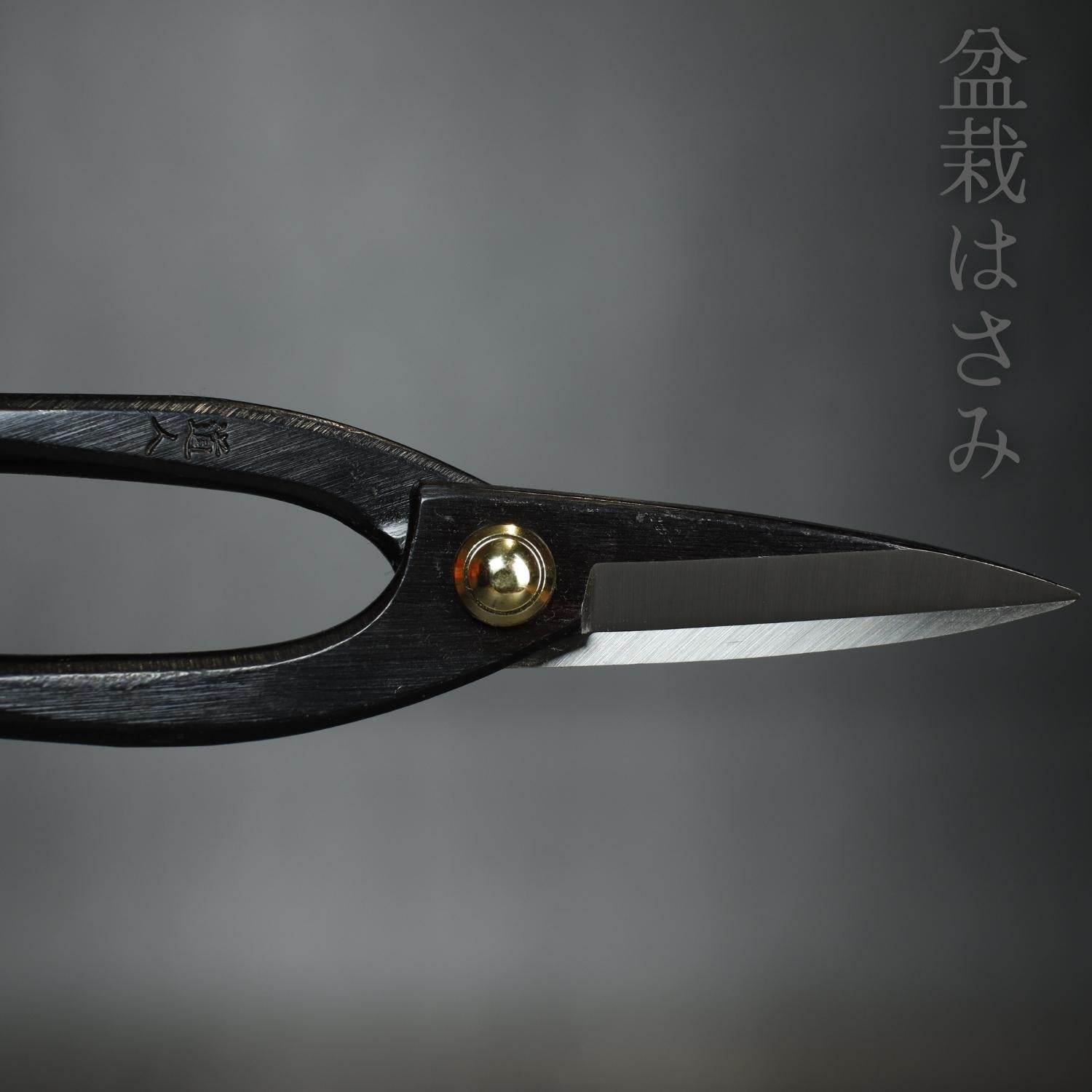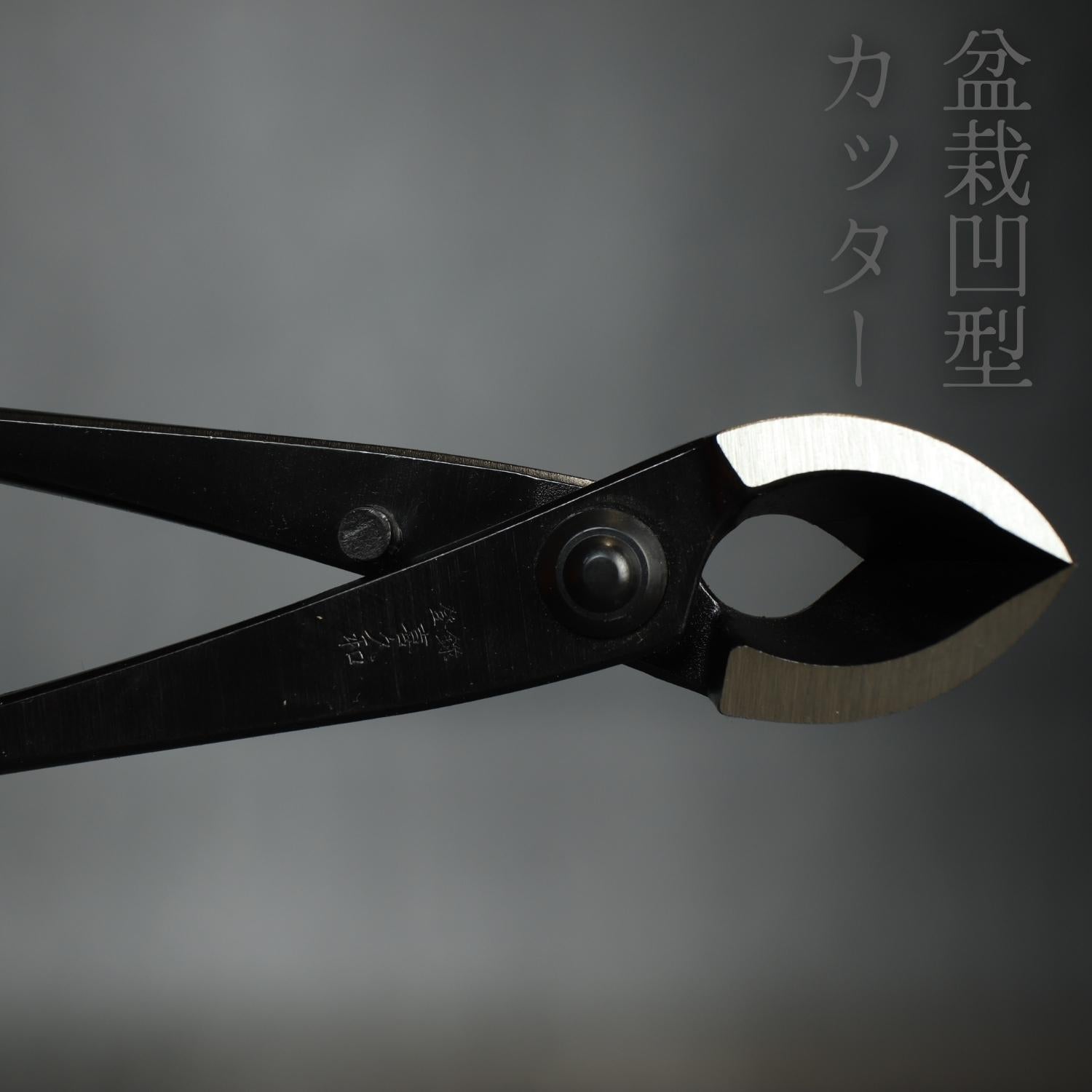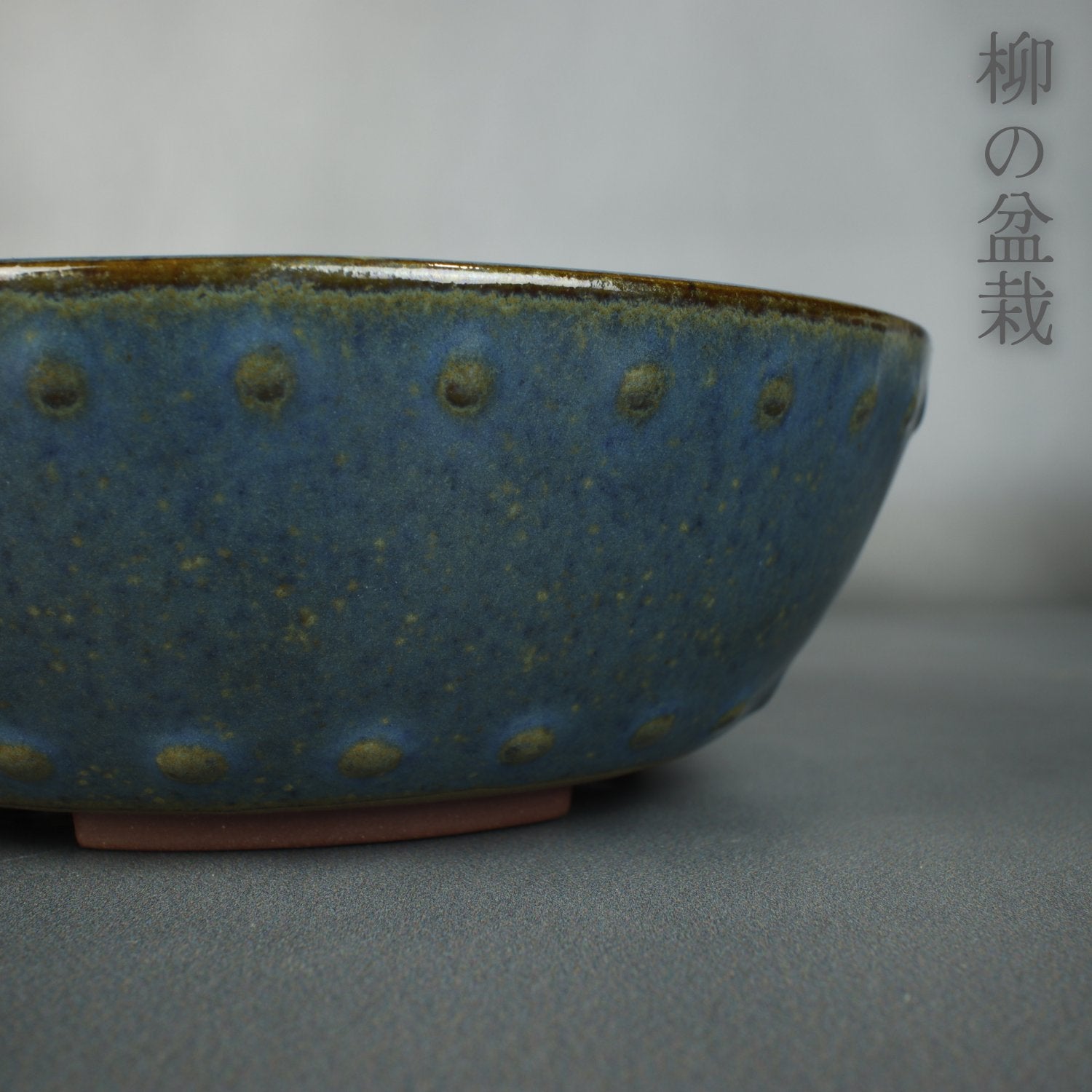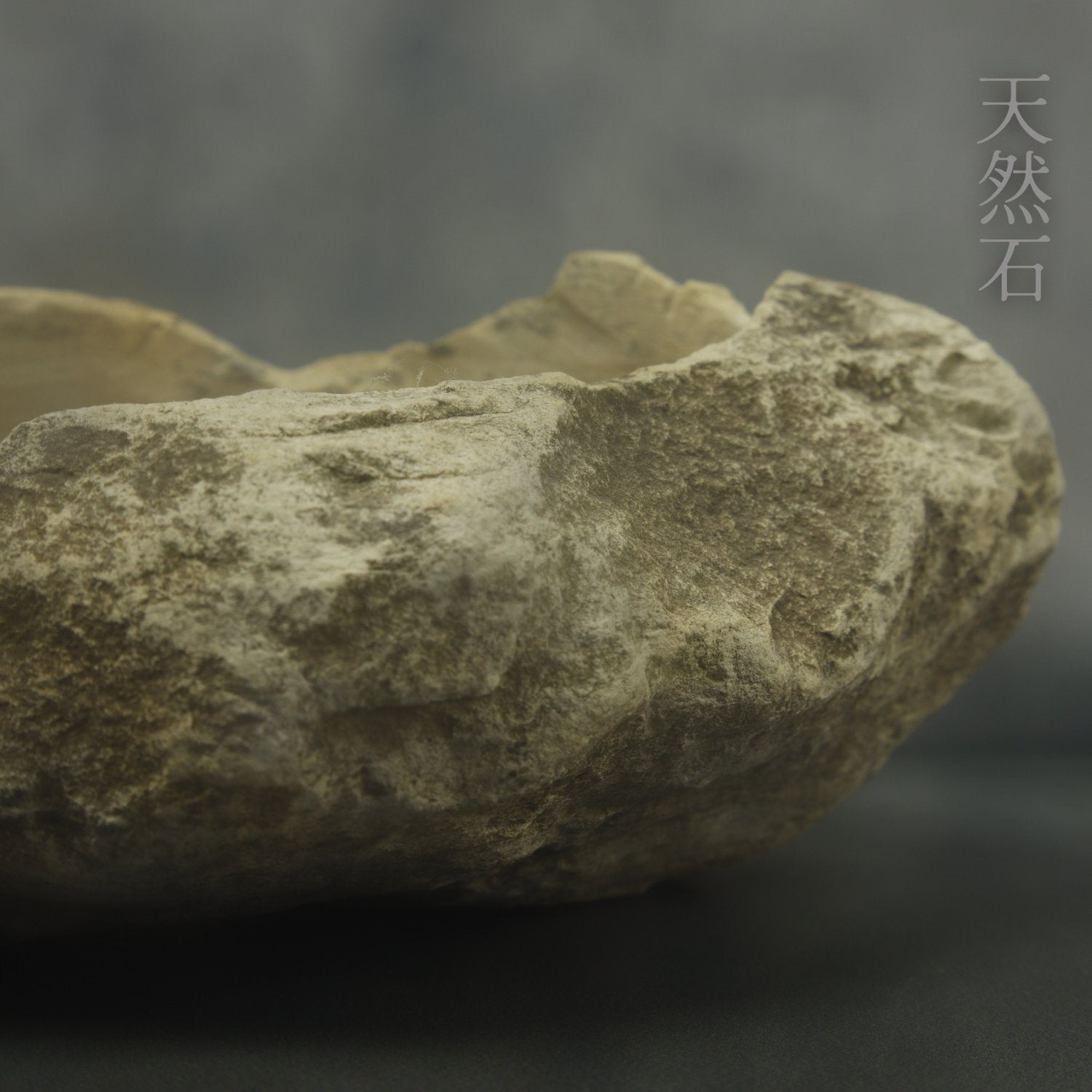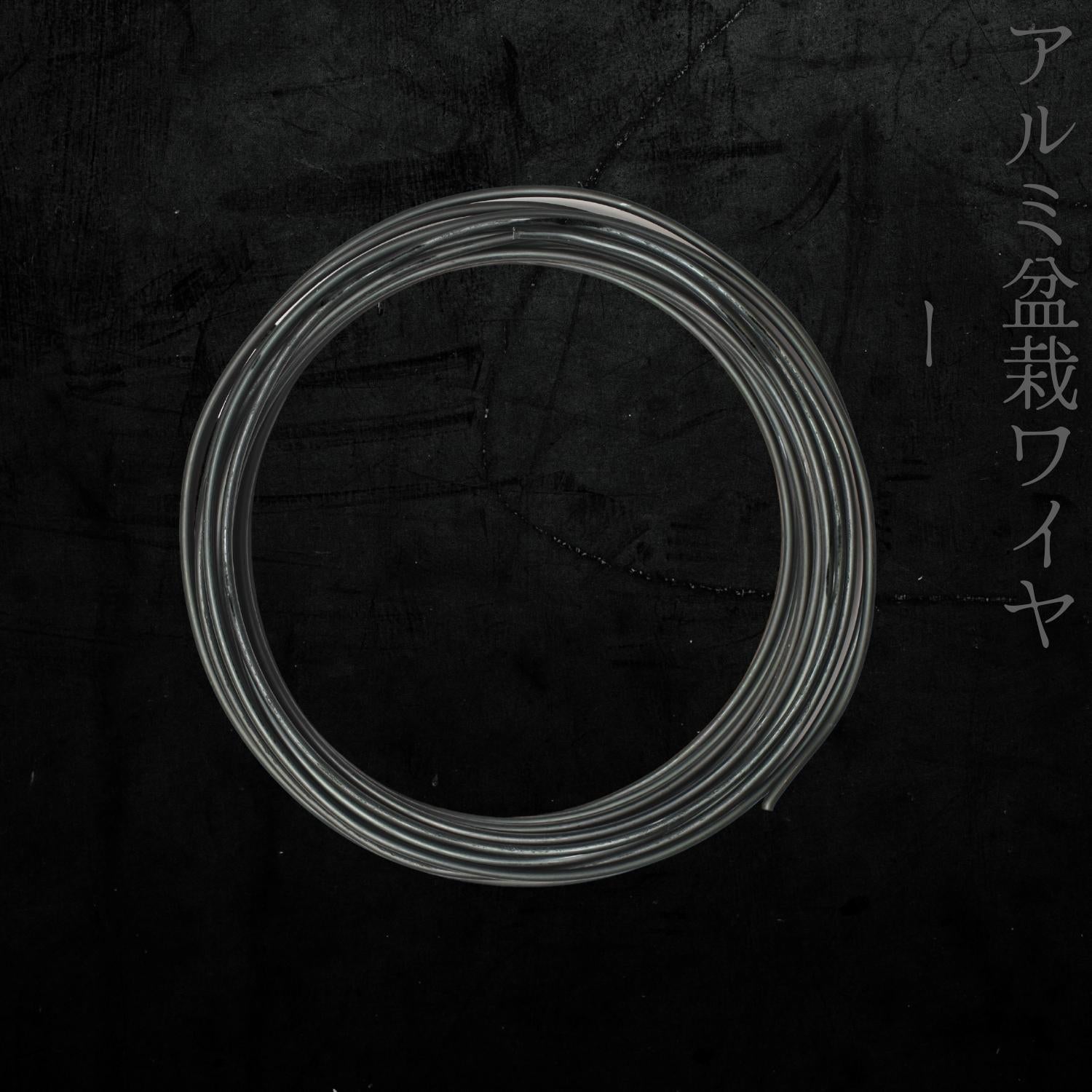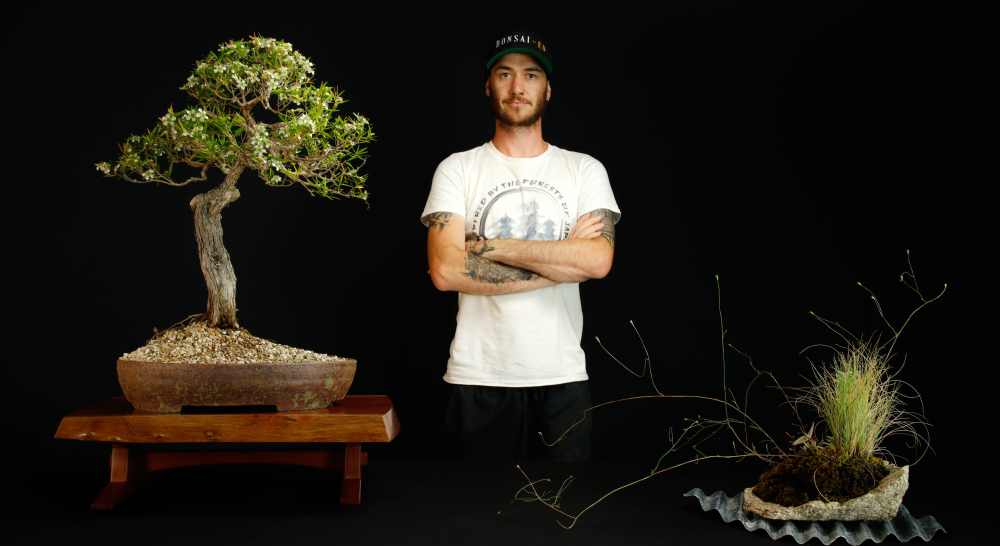What Is Japanese Black Pine?
The Japanese Black Pine (Pinus Thunbergii) is a species of pine tree that is native to Japan and parts of Korea. It is a coniferous evergreen tree that grows to a height of 30-50 meters and is known for its distinctive dark green needles and rough, scaly bark. The Japanese Black Pine is a slow-growing tree and can live for hundreds of years, with some specimens reported to be over 1,000 years old. It is also highly adaptable to a variety of growing conditions, making it a popular choice for bonsai.
The Japanese Black Pine does better in warmer climates unlike its red and white pine counterparts. The black pine is generally a low elevation coastal tree, in fact this is how the de-candling technique was discovered. In certain parts of japan during the summer months they have typhoons which rip through the coast which knocks of the current years candles, The Japanese had noticed that once these candles had been knocked of the tree responded with a second smaller flush of growth.
Japanese Black Pine as Bonsai
-
Soil and Potting: The strength in pines comes from their roots so a proper pot and soil is paramount to the success of black pine as bonsai. Japanese Black Pine bonsai should be grown in well-draining soil that is formulated specifically for bonsai trees, an example of this would be a 1:1:1 mix of Akadama, Pumice and Kiryu. The soil should be slightly acidic and should provide adequate nutrients for the tree. It is important to choose a pot that is the appropriate size for the tree, as this will help regulate root growth and ensure proper drainage.
-
Watering: Japanese Black Pine bonsai should be watered regularly, but the frequency of watering will depend on the climate, humidity levels, and other environmental factors. The soil should never be allowed to dry out completely, but at the same time, it should not be constantly wet, as this can lead to root rot and your needle tips will become yellow if the tree stays too wet.
-
Pruning: Japanese Black Pine bonsai should be pruned at optimal times to ensure success, Larger branch removal should be done while the tree is slowing down its growth to reduce sap bleed, the best time for this is during autumn. The trees candles should be pruned during summer to promote further budding for ramification. Depending on the size of your tree you will either do this early or late summer, larger trees will be done first while smaller tree will be done later to make sure the size of the new needles is in proportion to the tree.
-
Training: Japanese Black Pine bonsai can be trained into a variety of shapes and styles, and this requires the use of techniques such as wiring, de-candling, bud selection and needle plucking. Wiring should be done in late summer or autumn while the tree is still growing but at a slower rate, if wired in spring the wire can bite in fast on a young healthy tree, as the tree gets older the wiring can be done earlier in the growing season.
-
Re-potting: Re-Potting of black pine is best done in the early spring once the overnight temperatures begin to get a little warmer ( 10 - 15c ) but before the day time temperatures get too hot. This ensures that the tree can actively begin re-growing roots which limits the chances of rotted roots which can be an issue if repotting is done to early.
-
Fertilising: If your tree is in development you can fertilise heavily through out the entire growing season to help promote the rapid growth of the tree. For a tree in refinement you will want to be a little more calculated as to how much you fertilise and when you fertilise. Generally we fertilise at the beginning of spring but then remove the fertiliser 4 weeks before de-candling begins to avoid the new shoots getting too long. Once bud selection is done in autumn we can re apply fertiliser again.
Conclusion
In conclusion, the Japanese Black Pine is a versatile and beautiful tree that has been prized for centuries for its unique appearance, character, and cultural significance. Whether grown as a bonsai, in a landscape, or for its timber, the tree has earned its place as a classic and important species in many cultures around the world. With its hardiness, versatility, and classic beauty, the Japanese Black Pine is an excellent choice for anyone looking to add a timeless and elegant touch to their garden, landscape, or collection of bonsai trees. Whether you are a seasoned bonsai enthusiast or a beginner, the Japanese Black Pine is a tree that is sure to bring a sense of tradition, beauty, and versatility to your collection.









